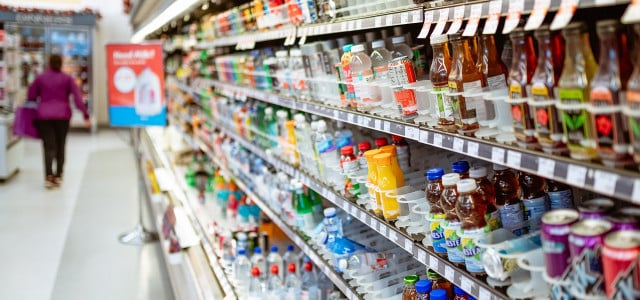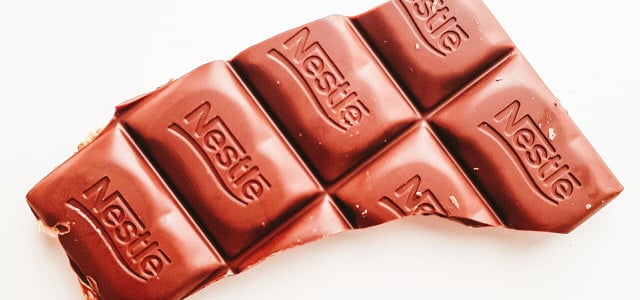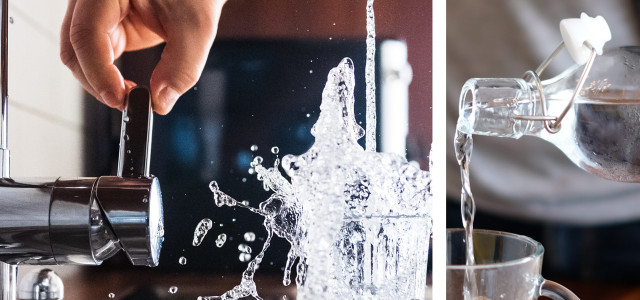Nestlé, famous for brands of instant coffee and candy, is the world’s largest food and beverages company. It offers products for every moment of every day — water, baby formula, even medical foods. What the company is also associated with: humanitarian and environmental scandals.
The Food Giant in Numbers
Whether you try to avoid Nestlé products or not, they may very well be part of your daily routines from breakfast to dinner. Nestlé previously stated that in 2016, their products could be found in 97 percent of U.S. households. But just how powerful is the global food conglomerate?
According to Forbes, with a sales revenue of $89.9 billion and $13 billion in profits in 2021, Nestlé remains the largest food and beverage company in the world. It has ranked first among other large companies in the sector, such as Coca-Cola or Unilever, for several years now. The Swiss-based food giant operates all across the world, selling its products in over 180 countries. Its vast portfolio includes more than 2,000 brands, each featuring many different products. No matter where you live in the world, if you’ve had a cup of coffee, bought a bottle of water, treated yourself to a chocolate bar, or fed your pet today, chances are your money went to Nestlé, which holds significant market shares in all of these product categories.
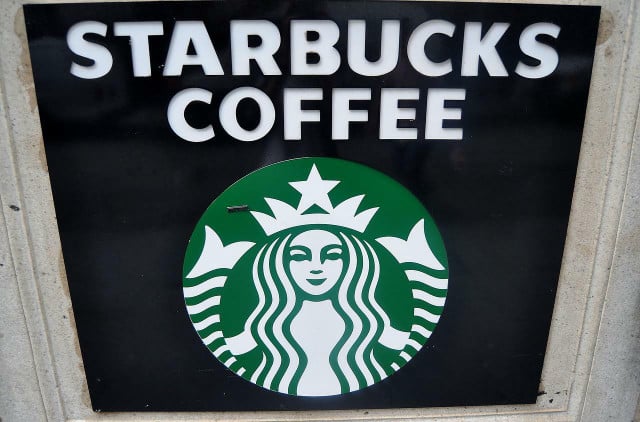
Prominent examples of Nestlé brands include Nescafé, Nesquik, and Nestea. You may also remember seeing the company name on the logo of Coffee-Mate, the non-dairy creamer, or on Pure Life water bottles. These products represent only a fraction of the company’s brands, each comprising many different products.
Did you know, for instance, where the Starbucks branded coffee capsules for Nespresso machines came from? For $7 billion, Nestlé acquired the right to sell Starbucks coffee products anywhere outside the coffee shops.
Nestlé’s coffee products combined have raked in more than a quarter of the company’s sales last year. Nescafé alone counts more than 5,000 products as part of its brand, “5,500 cups are consumed every second, one-fifth of the coffee served around the world,” states Forbes. It shows how difficult it is to get a full picture — the company itself only features a selection of its most popular brands on its website. Below, we have compiled a list to help you navigate some of the larger brands owned by Nestlé.
Brands That Belong to Nestlé & Why They’re Problematic
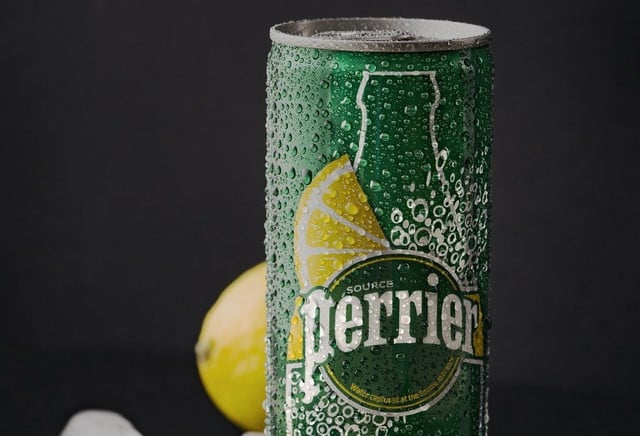


From baby formula to frozen foods and medical nutrition, Nestlé covers a vast array of food products for all stages of life. These brands include but are not limited to the following.
Bottled Water:
Nestlé Waters controls large parts of the global water market, making billions of dollars every year while paying next to nothing for its bottling rights.
Acqua Panna, Perrier, San Pellegrino and Pure Life are some of the international water brands owned by Nestlé. The company extracts massive amounts of water from critical sources all over the world, also by withdrawing groundwater. Across North America, Nestlé’s operations are leaving behind dried-up creeks and wells; the company even continued extracting water during last year’s severe droughts in California. In 2021, Nestlé sold many of its North American water brands to private equity firms: Arrowhead, Deer Park, Ice Mountain, Ozarka, Poland Spring, ReadyRefresh, Splash Branded Products and Zephyrhills. Water advocates have long warned that the company is pushing to privatize public water resources and this sale further consolidates the idea that water can be treated as a commodity rather than a public good.
What’s more, a 2020 report by the NGO Tearfund pointed to Nestlé as one of several beverage companies with a massive plastic pollution footprint. According to the survey, “Nestlé leaves a pollution footprint of 95,000 tonnes per year or covering 15 football pitches a day,” as the Guardian reports.
What can you do? If it’s safe, drink tap water at home and always carry a reusable water bottle to refill at drinking fountains when you’re out and about. You can also make some refreshing drinks with some herbs like mint or thyme, elderflower syrup or tea.
Other beverages and related products:
Coffee Mate, Dolce Gusto, Nescafé, Nespresso, Nestea, and Nesquik – all prominent brands in the Nestlé portfolio.
If you’re looking for alternative products, find your favorite fair trade coffee brand, buy reusable coffee pods (that make better coffee), and make your own homemade sweetened condensed milk. There even are some good substitutes for cocoa powder for a DIY hot cocoa powder. Instead of buying iced tea, you can also make refreshing drinks with herbs like mint or thyme. Utopia’s tip: Make your own elderflower syrup to create some cooling summer beverages.
Baby Foods:
BEBA, Cerelac, Gerber, NaturNes, Nido, Alete (until 2014)
In the 1970s, Nestlé drew widespread criticism for its aggressive marketing of infant formula, which encouraged mothers to turn to Nestlé milk substitutes instead of breastfeeding. In developing countries, thousands of children have died because of contaminated water used to prepare the substitutes. Hearings in the Senate and the World Health Organization that followed led to a new set of marketing rules for baby food (Business Insider). In 2018, a new report showed that “Nestlé is not driven by nutritional science but instead by a sharp and prioritized focus on profit and growth at the expense of infants and their parents” (Reuters). According to the report, Nestlé baby products contain sugar and additives in some countries.
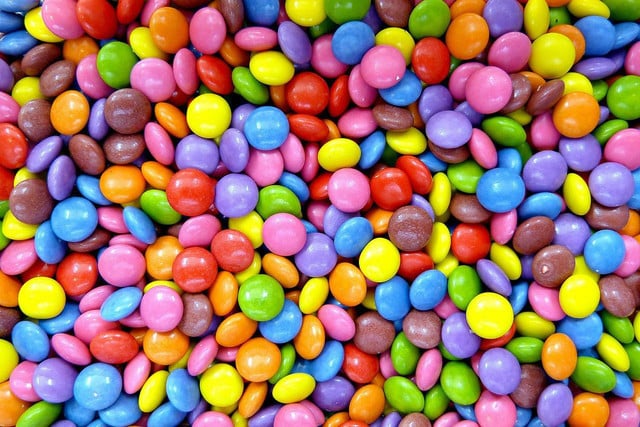


Candy:
After Eight, Cailler, KitKat, Lion, Smarties and Toll House are some of the well-known candy brands sold by Nestlé. In 2018, Nestlé sold its U.S. confectionery business, which included brands like Butterfinger, BabyRuth, Raisinets, Chunky, SnoCaps, the Wonka brand and candy brands such as SweeTarts, LaffyTaffy, Nerds, FunDip, BottleCaps, and Runts.
Approximately 2.1 million children work in the cocoa industry in Ivory Coast and Ghana, the world’s two leading producers of cocoa. Researchers and human rights groups claim that Nestlé and other large chocolate manufacturers have failed to make any significant progress on reducing child labor in their supply chains.
When it comes to candy, you’ll have no problem finding good substitutes for Nestlé’s brands. Organic stores carry various ethically sourced chocolate brands that are just as delicious but contain less sugar and fewer additives. You can even find some at Target, Walmart and Costco. Good examples of quality brands are Alter Eco and Theo. Both offer vegan, gluten-free as well as milk-based chocolate products. Theo even has a label specifying which of their chocolate bars are kosher. Unreal is another brand that reinvents your favorite candy using only ‘real’ ingredients, nothing artificial. Next time you’re craving a Lion bar, give their “dark chocolate peanut nougat bar” a try instead. If you can’t do without the minty chocolate taste of After Eight, take a look at our vegan peppermint chocolate cookies recipe.
Cereals:
Cheerios, CiniMinis, Clusters, Fitness, Lion Cereals, Oats&More, Shredded Wheat, Shreddies: While you might not be able to get around these Nestlé brands in some grocery stores, there’s a simple solution: Choose what goes into your healthy breakfast by making your own granola with some oats, nuts and seeds, adding only unrefined sugars and sweeteners such as honey, maple syrup or agave nectar as well as some fruit.
We all know that eating too much candy can have serious health consequences, but did you know that the majority of food products sold by Nestlé is in fact unhealthy? In 2021, a leaked company document showed that this is the case for more than 60 percent of Nestlé’s food portfolio (Financial Times).
Other Nestlé Brands & Alternatives
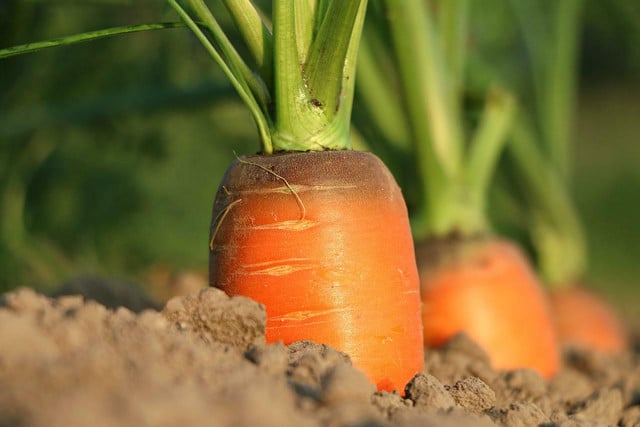


Here’s a list of other unexpected Nestlé brands and what you can do to avoid them.
Ice Cream:
Dreyer’s, Häagen-Dazs, Mövenpick, Nestlé Ice Cream
There are many products in this list that you don’t have to find alternatives for at the store but can simply make at home: Check out these 5 delicious ice cream recipes or try this five-minute vegan banana ice cream.
Prepared Foods:
Buitoni, DiGiorno, Herta, Hot Pockets, Jack’s, Lean Cuisine, Maggi, Stouffer’s, Thomy, Tombstone
How do you avoid them? Cook fresh and buy certified organic, non-GMO foods. Buying directly from local growers and eating seasonal fruits and veggies is another way to support your health, the environment and probably save some money. Make your own pizza using this simple and easy pizza dough recipe and check out these 20 vegan pizza toppings to suit your cravings. If you don’t have time to cook every day, search for organic stores or independent sellers who offer healthy products from smaller food companies. Chains like Trader Joe’s or WholeFoods carry a wide selection.
Pet Food:
Gourmet, Pro Plan, Purina: Nestlé feeds your pets, too.
Cosmetics and Healthcare Products:
Nestlé owns 20.1 percent of L’Oréal, which has a large portfolio of international brands in the make-up, haircare and skincare sectors such as The Body Shop, Maybelline, Garnier, Vichy, Kérastase, as well as fragrances by Luxury brands such as Yves Saint Laurent and Ralph Lauren. Nestlé and L’Oréal also cooperated in two joint ventures: Galderma, a pharmaceutical company specializing in dermatological treatments, and Laboratoires Innéov, which developed beauty supplements to be sold in pharmacies.
The food giant also owns many healthcare nutrition brands including Boost, Beneprotein, Diabetisource, Peptamen and Optifast.
When it comes to cosmetic products, always consider how they affect the environment as well as your health. Our cosmetics section offers some great guides that teach you how to make lotions, scrubs, even your own DIY eyeliner. If you’re looking for store-bought alternatives, you should check out our article on the 5 best zero waste makeup brands made in the USA.
Read more:
- Neither Nestlé nor Monsanto: This Is the Worst Company in the World
- 12 Pictures that Will Make You Immediately Alter Your Consumption Habits
- 6 Solutions to Deforestation – and What You Can Do
Do you like this post?






